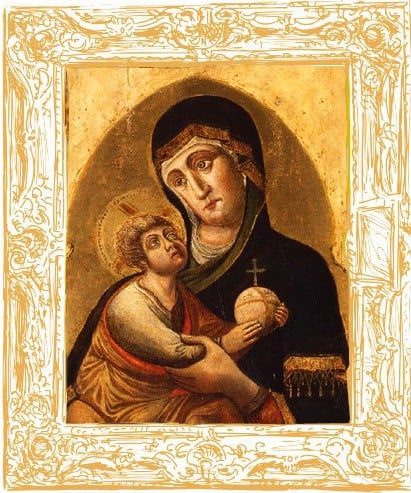
What were the true circumstances behind the 1991 heist of the Doge’s Palace in Venice? An in-depth report from Epic magazine shares the made-for-Hollywood tale of Vincenzo Pipino, the so-called “gentleman thief” who carefully navigated the murky waters of the Venetian crime world, never upsetting the delicate balance struck by the police, the mob, and the city’s wealthy art owners, even when robbing one of the city’s most famed attractions.
According to Pipino (now in prison for cocaine trafficking), after decades of his audacious heists, the city’s elite had almost come to see being robbed by him as an affirmation of their good taste. The thief had an unspoken arrangement with the police, and would return important stolen artworks in exchange for favors like a berth at a covered dock near his apartment.
When the local mob, the Mala del Brenta, enlisted Pipino’s help in an art heist, however, the gentleman thief was entering a far more violent world. To avoid being involved in an armed daytime robbery, Pipino planned a solo operation at the Doge’s Palace, or Palazzo Ducale, targeting the Madonna col Bambino, a sixteenth-century work of the Vivarini school that had become a symbol of the divine power of the Venetian state, displayed alongside paintings of the red-robed Censori, the city’s historical leadership.
Now, decades later, Pipino has shared the hypothetical story of how he subsequently stole and returned a civic treasure while maintaining his relationships with both the police and the mob.
Overcoming an intense fear of ghosts, and the dark, to commit the after-hours robbery, Pipino made national headlines for his criminal handiwork. To the police, however, he had gone too far—especially because the mob had simultaneously committed an armed robbery of the shrine of Saint Anthony in nearby Padua, stealing the saint’s jawbone, an important relic.
After delivering the Madonna into the hands of the Mala del Brenta, getting it back was no easy task. Pipino had to carefully suss out its location, a shed at the mob leader’s cousin’s house, create a forged copy to exchange for the original, and orchestrate yet another heist. The unexpected obstacle? A pair of adult tigers, left guarding the sixteenth-century masterpiece. Armed with tranquilizers, Pipino successfully sedated the beasts, and turned the painting over to the police.
The painting was indeed returned within a month of the initial theft, and the mob boss was rumored to own a pair of tigers. Still, Pipino is quick to deny his thrilling tale: “There weren’t any tigers,” he told Epic. “I never stole the painting back.”